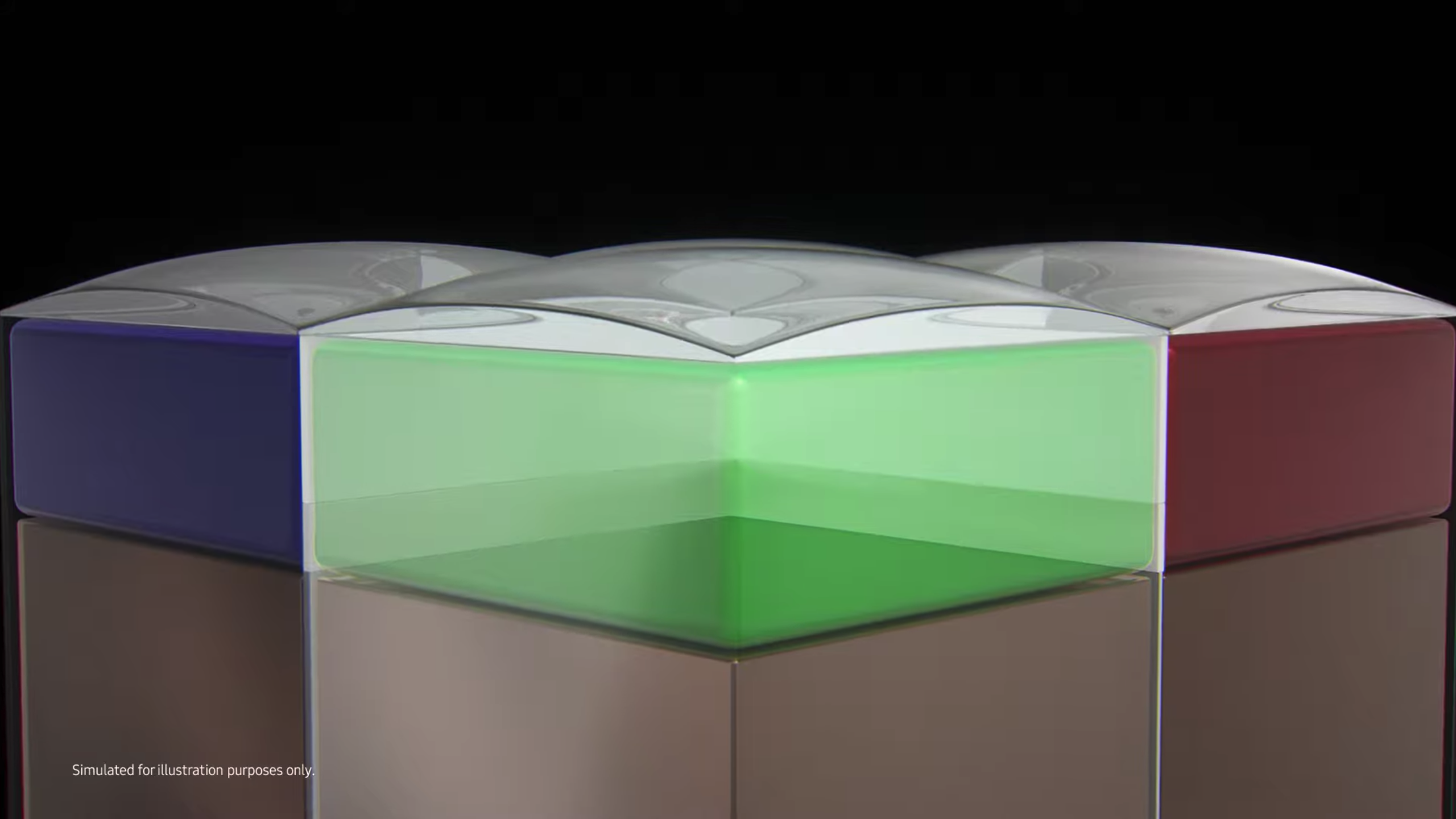Samsung Galaxy Note 21 could get this killer camera tech — here's why
Samsung Galaxy Note 21's cameras could come with a secret weapon to keep iPhone 13 at bay

Samsung may have just revealed the camera technology that will give the Galaxy Note 21 a big photo upgrade.
That tech, named ISOCELL 2.0, was just revealed in a blog post by Samsung Semiconductor. The improvements sound ideal for giving future Samsung Galaxy phones even larger cameras that can capture more detail and color, even in dark environments.
- Samsung Galaxy Note 21 release date, price, specs and leaks
- Make your photos even better with the best camera phones around
- Plus: WhatsApp just got a killer upgrade — and you can try it right now
The motivation behind ISOCELL, Samsung explained, is the problem of "color crosstalk." With a higher resolution sensor, light more easily bleeds between multiple pixels, spoiling the detail of the shot.
The first generation of ISOCELL sensors used a metal grid to separate the color filters over the pixels to reduce the impact of the problem. However, this grid would absorb light, also reducing the quality of the image slightly.
For the second-gen system, Samsung now uses a new unnamed material that doesn't absorb as much light to separate the pixels. Part of the grid is also made of a more reflective material too, which increases the camera's sensitivity and ability to capture fine details.
The end result should be brighter, richer photographs, even when taking pictures of low-light environments. It also means that you can increase the resolution of the sensor further by making the pixels smaller, without losing brightness.
Samsung already makes a 108MP camera, and we've heard rumors for some time about it making 150MP and 200MP sensors too. This technology sounds like a big step towards these new higher resolutions.
Get instant access to breaking news, the hottest reviews, great deals and helpful tips.
What this means for Samsung (and others)
With the Samsung Galaxy S21 series already on sale, the next obvious place for Samsung to debut its new camera sensors would be in the Galaxy Note 21 this fall. Or perhaps in one of its new foldable phones, either the Samsung Galaxy Z Fold 3 or Samsung Galaxy Z Flip 3.

That's only a small portion of the potential story though. Samsung Semiconductor supplies camera parts to other phone makers beyond Samsung Mobile. You may have seen how common 108MP cameras are on flagship Android phones, for example those made by the brands under Xiaomi.
So it will likely mean that we'll see other smartphone makers take advantage of this new sensor.
Photo processing software is still important for creating the best smartphone images possible. So using this new ISOCELL sensor won't be an instant improvement for the phone makers who use it.
Assuming the sensors are as effective as Samsung is suggesting, this could mean premium devices like the Galaxy Note 21 could easily become one of the best camera phones we've tested this year with the use of the ISOCELL 2.0 tech. But we'll have to wait until later on in 2021 to see if this prediction comes to fruition.

Richard is based in London, covering news, reviews and how-tos for phones, tablets, gaming, and whatever else people need advice on. Following on from his MA in Magazine Journalism at the University of Sheffield, he's also written for WIRED U.K., The Register and Creative Bloq. When not at work, he's likely thinking about how to brew the perfect cup of specialty coffee.
